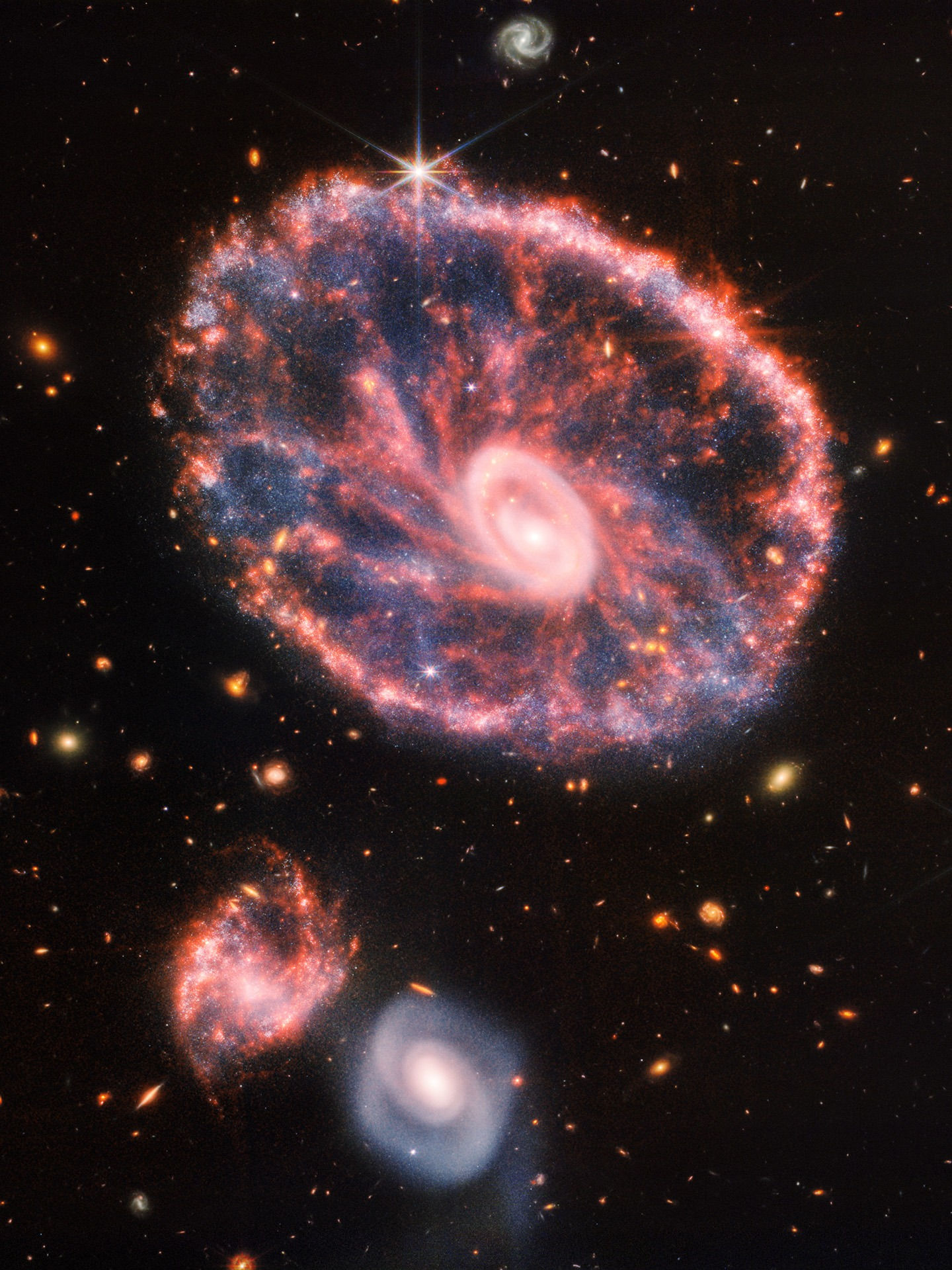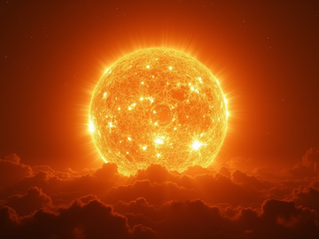A New Groundbreaking Study Explains the Mysterious Hidden Proton Mass
- Prof.Smith

- Apr 5, 2023
- 3 min read

Physicists have long known that protons are more massive than the stuff that makes them up, but we didn’t know where that mass was located in the particle. Researchers were able to finally find the location of the hidden proton mass which was located right in the center of the proton.
The proton’s measured mass couldn't just be explained by its three quarks. If you add up the Standard Model masses of the quarks in a proton, you only get a small fraction of the proton’s mass. The rest of it comes from several sources such as movements of quarks, strong force energy that glues those quarks together and dynamic interactions of the proton’s quarks and gluons.
The experimental method used by the researchers involved shooting a beam of electrons at a block of copper, causing those electrons to emit packets of light that hit a bunch of protons in a tank of liquid hydrogen. By focusing on just the interactions that produced J/psi particles, researchers were able to determine the radius of those strong-force gluons and confirm how much of the new bonus mass was taken up by different types of gluons. This discovery provides new information about the fundamental building blocks of matter and could have important implications for our understanding of the universe.
"If you add up the Standard Model masses of the quarks in a proton, you only get a small fraction of the proton's mass." One of the authors mentioned.
This study used a method called threshold photoproduction of the J/ψ particle to investigate the gravitational density of gluons, which are the fundamental constituents of protons along with quarks. Gluons are not easy to access using traditional methods like electron scattering because they do not carry an electromagnetic charge.
The researchers were able to determine the gluonic gravitational form factors of the proton and found that the mass radius of the proton, which is dominated by the energy carried by gluons, is notably smaller than the electric charge radius, which has been previously measured with high precision.
"What we have found is something that we really weren't expecting to come out this way. The original goal of this experiment was a search for a pentaquark that has been reported by researchers at CERN," Dr Meziani stated, and he added:
"There were two quantities, known as gravitational form factors, that we were able to pull out, because we had access to these two models: the generalized parton distributions model and the holographic quantum chromodynamics (QCD) model. And we compared the results from each of these models with lattice QCD calculations. The bottom line for me -- there's an excitement right now. Could we find a way to confirm what we are seeing? Is this new picture information going to stick?" "But to me, this is really very exciting. Because if I think now of a proton, we have more information about it now than we've ever had before."
"One of the more puzzling findings from our experiment is that in one of the theoretical model approaches, our data hint at a scalar gluon distribution that extends well beyond the electromagnetic proton radius. To fully understand these new observations and their implications on our understanding of confinement, we will need a new generation of high-precision J/ experiments." Dr Joosten mentioned.
"The big next step is to measure J/ production with the SoLID detector. It will really be able to make high-precision measurements in this region. One of the major pillars of that program is J/ production, along with transverse momentum distribution measurements and parity-violating deep inelastic scattering measurements," Dr Jones concluded.
The implications of this study are significant because they provide a deeper understanding of the role of gluons in providing gravitational mass to visible matter, which is a fundamental aspect of our understanding of the universe. The fact that the mass radius of the proton is smaller than the electric charge radius has implications for our current models of the proton's internal structure and the theory of quantum chromodynamics. This discovery could also have implications for our understanding of other particles and their internal structure.
However, this is a relatively new discovery and more research will be needed to fully understand its implications and to confirm the results. Nonetheless, this study most likely represents an important step forward in our understanding of the fundamental properties of matter.












































































































Comments